Between the months of September and November, the town of Anacapri is hosting a new edition of the Landscape Festival, directed by Arianna Rosica and Gianluca Riccio and promoted by the Association for Contemporary Art and Culture “Il Rosaio” in collaboration with the Municipality of Anacapri, with the support of Capri Palace Hotel in Anacapri and Seda, the project’s main sponsors, and Banca Sella and Codime, and in partnership with the Archaeological Park of Pompeii - Pompeii Commitment - Archaeological Matters. Conceived as a tribute to theisland of Capri not only as a geographic space but first and foremost as an imaginative and mental place, Casa come isola (this is the title of the new edition) is a project that recognizes in the interior and suspended space of the island the perimeter of a new form of living, poised between contemporaneity and history, between the actuality of the present and the archaeological dimension.
Deepening the reflection initiated with the two exhibitions entitled Casa come me and set up respectively at Villa Lysis and Casa Rossa in Anacapri in the summer of 2019, and responding to the renewed centrality that themes related to theliving have acquired in recent years, the new edition of the Festival, through an ideal design continuity with its previous edition, revolves around the idea of the island as a space of renewed coexistence between man and the natural and historical landscape that surrounds him. Four artists of different generations, namely Andrea Branzi (Florence, 1938), Patrick Tuttofuoco (Milan, 1974), Francesco Arena (Torre Santa Susanna, 1978) and Cherubino Gambardella (Naples, 1962), have been invited to design and exhibit a set of works inspired by the idea of the island as home, and a more intense and close dialogue between the domestic dimension, naturalistic and archaeological landscape. The Festival del Paesaggio’s collaboration with the Popmeii Commitment project, activated as part of the Pompeii Archaeological Park’s activities aimed at contemporary art, also stems in this design direction.The Florentine architect and designer Andrea Branzi, invited to create a special project for the spaces of the House of the Triclinium in the Pompeii Archaeological Park scheduled for mid-October, will be the protagonist.
Starting from these guidelines, the program of the fifth edition of the Festival is divided into a calendar of events distributed between the months of September and November this year. The Festival’s activities were inaugurated on September 2 with the public presentation of the series of drawings and collages entitled Frammenti by Andrea Branzi, displayed in the windows of the Capri Palace Hotel and inspired by the Roman domus and the forms of living in ancient Rome. The project consists of 12 collages and one terracotta: Branzi’s works, with their reference to the Roman domus and the forms of living in ancient Rome, arise in continuity with the series of eight terracotta sculptures entitled Erme that, also in Anacapri, were presented on October 2 at Villa San Michele - Axel Munthe Foundation and with the site-specific project “Metropoli latina” which will be installed in mid-October at the Archaeological Park of Pompeii, in collaboration with Friedman Benda Gallery, New York.
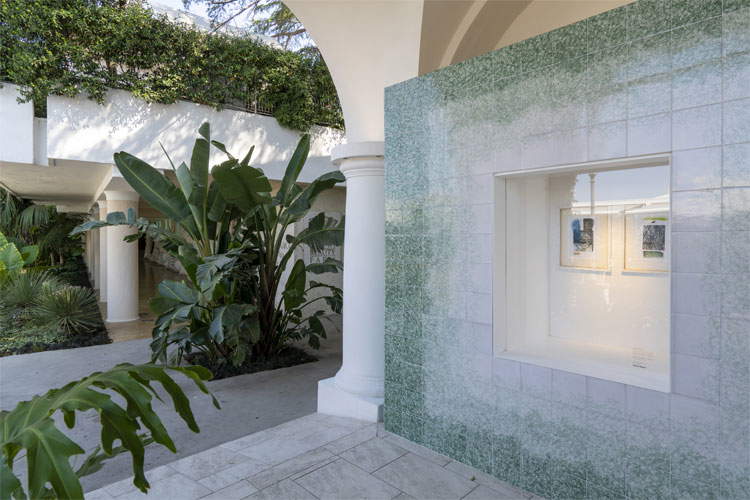
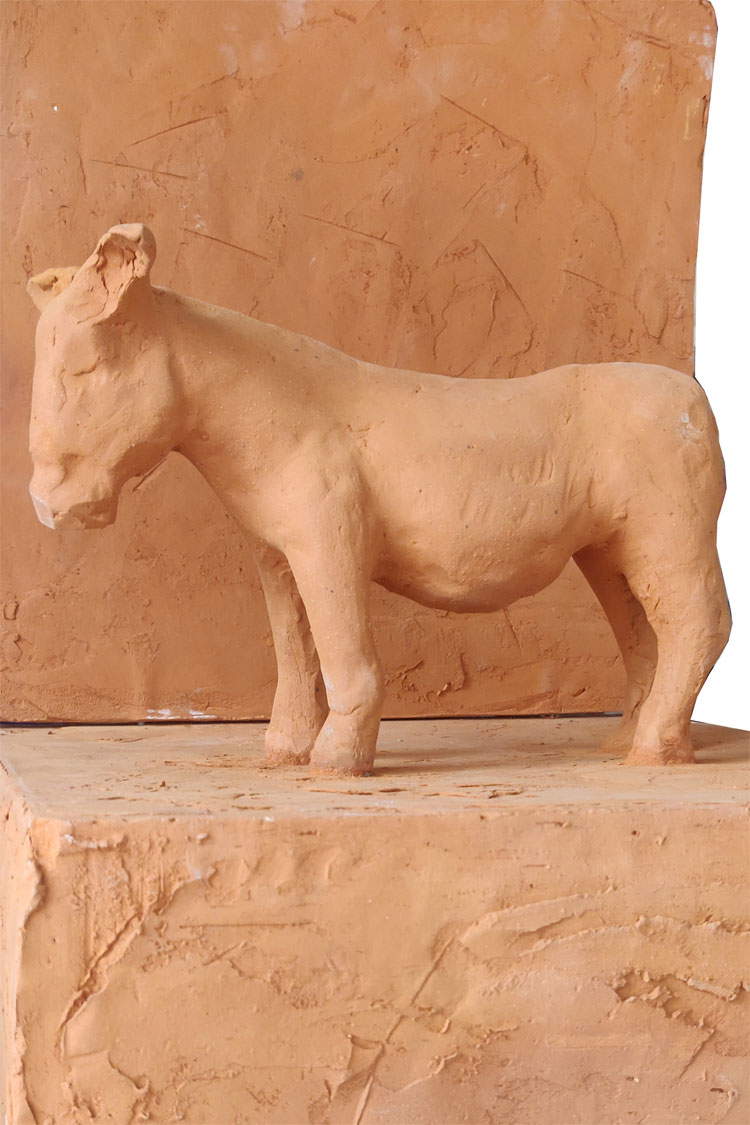
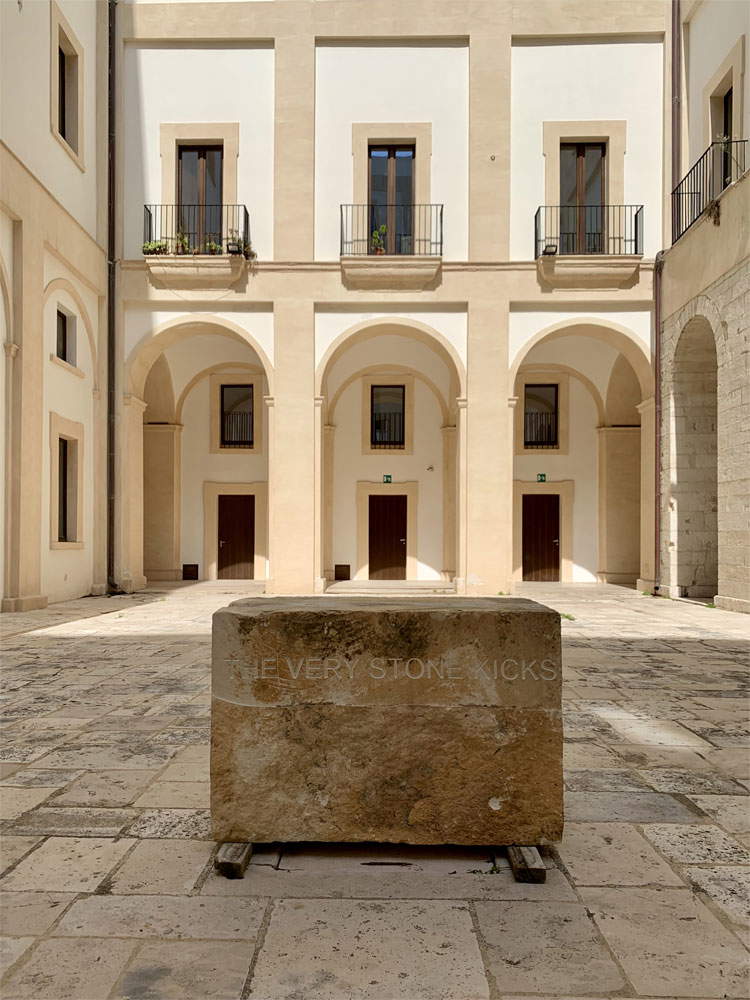
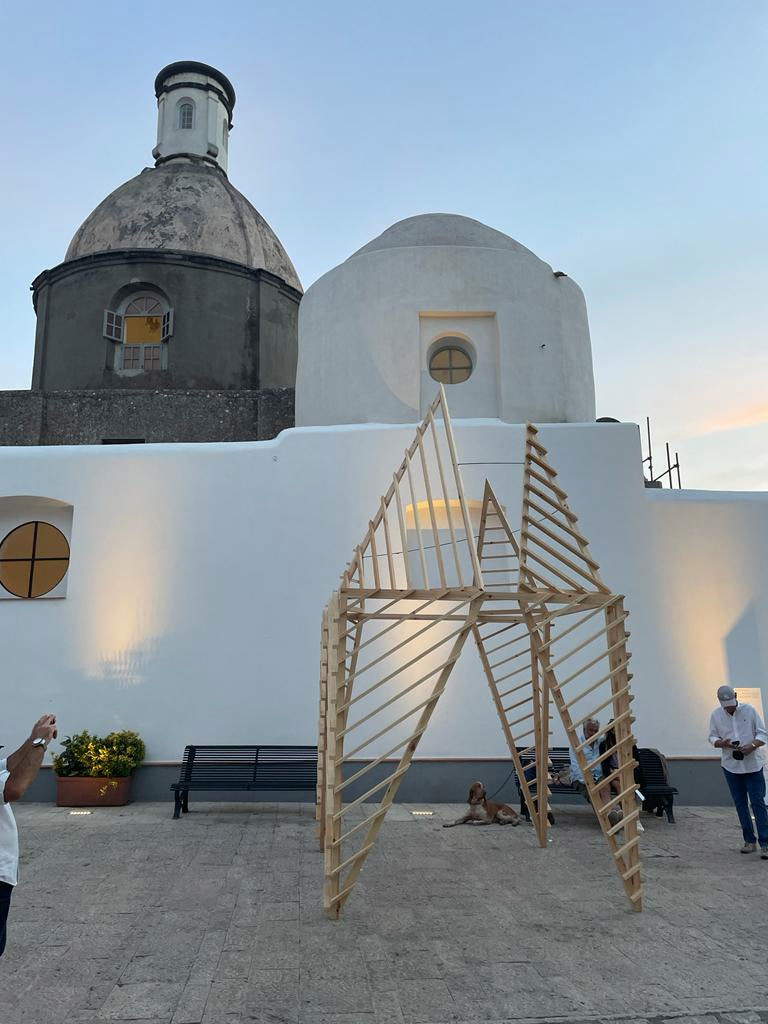
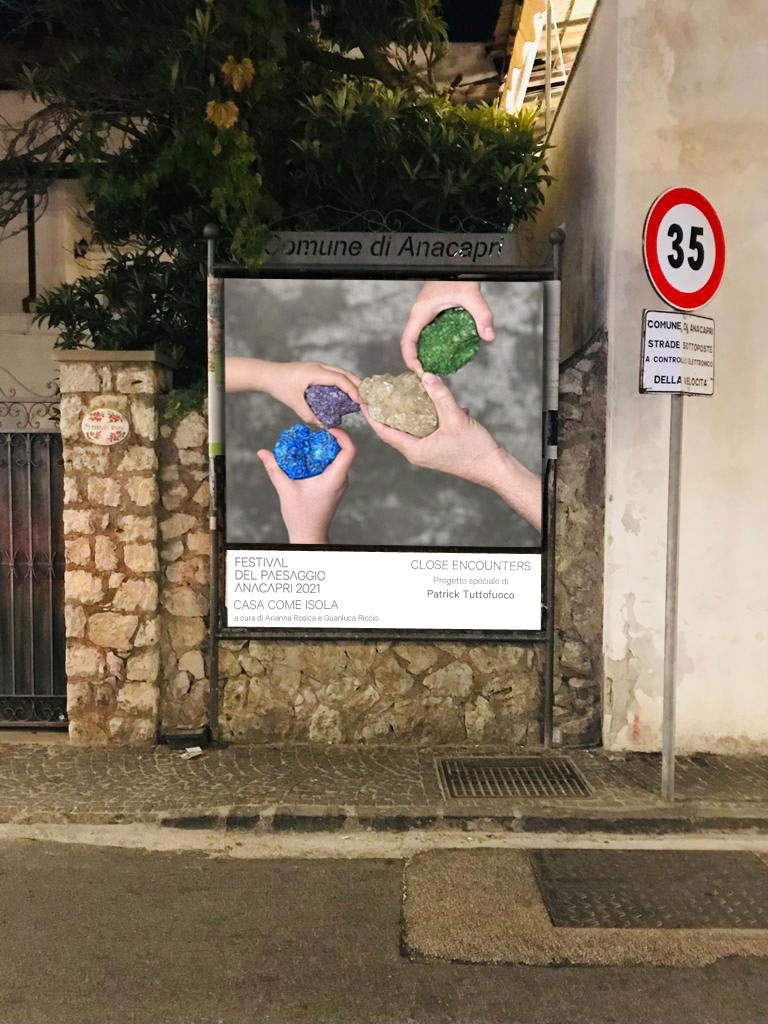
At Villa San Michele, the public can also see Francesco Arena’s 2020 work Stone in an en plein air installation conceived for the garden spaces of the ancient villa and created thanks to support and collaboration with the Axel Munthe Foundation. The work by the young Apulian sculptor, set up in the entrance courtyard of Villa San Michele in dialogue with the archaeological fragments that dot its perimeter, is conceived, in its author’s words, as a large “block of stone rescued from its destiny of turning into an artifact to become sculpture,” and exist as a support for a famous phrase by Virgina Woolf (“The very stone one kicks with one’s boot will outlast Shakespeare,” in To the lighthouse). Witnessing the resistance of matter to human action, Arena’s work in this new exhibition evokes the layering of the multitude of existing times and alludes to our relationship with the things around us and their existence and survival before and after us. Andrea Branzi’s series of Erme sculptures, arranged to scan the long pergola of Villa San Michele’s garden, accompany the colonnade of the ancient Anacapri villa through a light course “above which,” as Branzi himself noted in the preparatory notes for the project, “other unexpected objects (the three-dimensional relief of a small house with a primitive flavor, the cast of a skull, the miniaturized reproduction of a donkey, etc.) like fragile surprises, dance immersed in fragrant vegetation.”
Also opening on Sept. 25 was Cherubino Gambardella’s site - specific public installation entitled Casa senza casa e mito mediterraneo, also specially produced for the occasion and intended for the space in Via Trieste e Trento in the historic center of Anacapri in a close dialogue with the architecture of the church of Santa Sofia. Conceived in a dialogue with the architecture of the church of Santa Sofia and with the dwellings in the historic center of Anacapri, Casa senza casa e mito mediterraneo is a work that, inspired by “those houses inaccessible from the land and reachable only by sea that constituted places of shelter for fishermen, smugglers, migrants and pirates,” with its open and habitable structure reflects on the architectural forms typical of the eastern Mediterranean coasts, accessible from all sides and open to the sky. Thus, through a form poised between utopian and playful dimensions, between the primordiality of ancient island dwellings and the futurism of the designs of the great twentieth-century architects who measured themselves against the island-form, the ’Gambardella’s homeless house’ intends to offer itself as a space dense with memories and decorations that, as highlighted by its author, reminds us of ’’the power of landscape and welcome inherent in the inland sea: a symbolic structure with high sign power that envelops the utilitarian and landscape necessity of the house-form with magic.
Finally, on September 29, the project of Milanese artist Patrick Tuttofuoco, artist in residence for the Travelogue project at the Capri Palace Hotel for this new edition of the Festival, titled Close encounters and conceived in the manner of a large billboard advertisement spread in different points of the historic center of Anacapri, was presented to the public. Tuttofuoco’s image depicts the gesture of four arms (belonging to members of the artist’s family) caught in the act of grasping a colored stone and meeting, intertwining with each other, in the perimeter of the image. The island, through the chromatic and material evidence of the stones, is thus evoked in its most archetypal and primordial connotation: as a place of encounter, interweaving and exchange between different people and cultures; as a space that weaves and integrates within its boundaries intimate dimension and public sphere. This new version of Close encounters, conceived as a widespread project in the territory of Anacapri through a 2-week poster campaign in 5 advertising containers scattered throughout the streets of the historic center, represents an unprecedented interpretation of the poetics of theMilanese artist, insisting on the presence of the human being and his relationships as a paradigm of existence, matrix and unit of measurement of reality, and exploring the notions of community and social integration as key themes of the world we inhabit.
For all information you can visit the official website of the Landscape Festival.
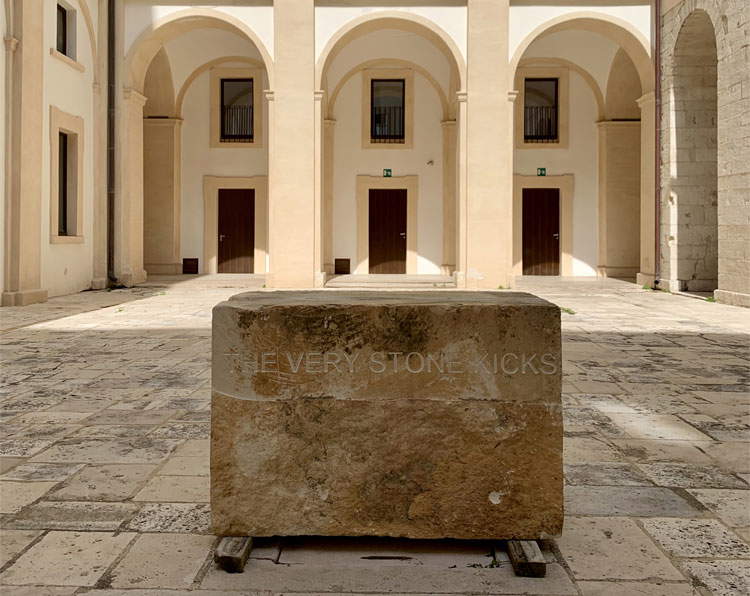 |
| Capri fills with contemporary art: the new edition of the Landscape Festival |
Warning: the translation into English of the original Italian article was created using automatic tools. We undertake to review all articles, but we do not guarantee the total absence of inaccuracies in the translation due to the program. You can find the original by clicking on the ITA button. If you find any mistake,please contact us.